Why Music?, appearing December 19 in The Economicist, summarizes some of the theories evolutionary anthropologists have been floating to explain why music is a pervasive feature of human life.
In reading this article about subject matter I am long acquainted with and, moreover, about a question I have recently focused upon, I saw how the treatment circles back to a previous posting here about the fault line drawn between evolutionary and social anthropologists in the academy. (We post-anthropologists, being heuristic whores, simply see poorly sighted researchers fondling the part of the elephant nearby.) This divide seems clear enough in pondering the biological fact of sound organization, and, the function of music in a social context.
These two concerns, twin concerns if you will overlap:
A second idea that is widely touted is that music binds groups of people together. The resulting solidarity, its supporters suggest, might have helped bands of early humans to thrive at the expense of those that were less musical.
The evolutionary conceit requires function to advantage selection, or, as Stephen Pinker would have it, a function can also be equivalent to detritus if it implements no clear advantageous function. The rejoinder from the side of culture obviously stands on the ground of functionality being–at least–clearly advantageous to, well, culture.
The article is decent enough, and, the comments are also worthwhile. As is the usual case, some of the comments express various ideas of ‘folk’ anthropology, or how the uninformed necessarily look at the subject. My own view is that those informal views figure into it too in the sense that they are self-reports of the value of music.
The uncredited (online) author of the article ends with a weird and untrue assertion:
The truth, of course, is that nobody yet knows why people respond to music.
Actually, the truth is that neuroscientists understand all sorts of stuff about the effect of music on the brain. These insights don’t answer the entire question of ‘why,’ yet they answer the necessary mechanical half of the question.
See Dr. Daniel Levitin on this, and, don’t read his two excellent books-check out the audio book (Amazon) equivalents with their audible samples.)
The other half can be approached by asking people why they respond to music. Right? (The phenomenologists day is never done!) Obviously, this real time inquiry can’t address the departed subject, but there is no lack of secondary and tertiary material.
There is a third interdisciplinary move too: which is to admit into the field of consideration esoteric, yogic, meta-physical, perspectives and flesh out a primary supposition concerned with the integral vibrational nature of, as it were, the inside and the outside. On a gross level, this can be approached simply by blocking one’s ears so as to become more acutely privy to what the body is sounding all the time. Try this if you never have before. There’s no reason to exclude such suppositions from research focused on higher conceptual orders of musical life because those suppositions are explicit features, are facts discoverable in all sorts of cultural instances and locations, such as the Berber and Gnawa cultures in North Africa.
(There are some reference suggestions over at the Rhythm River complex; see Resources.)
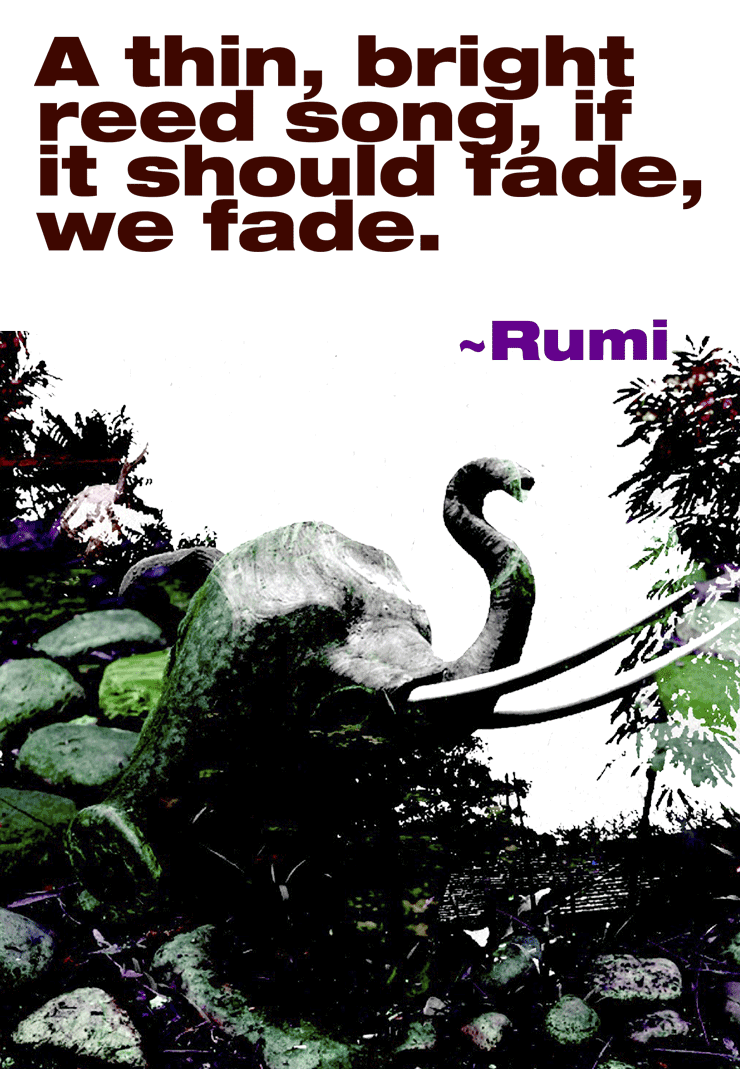



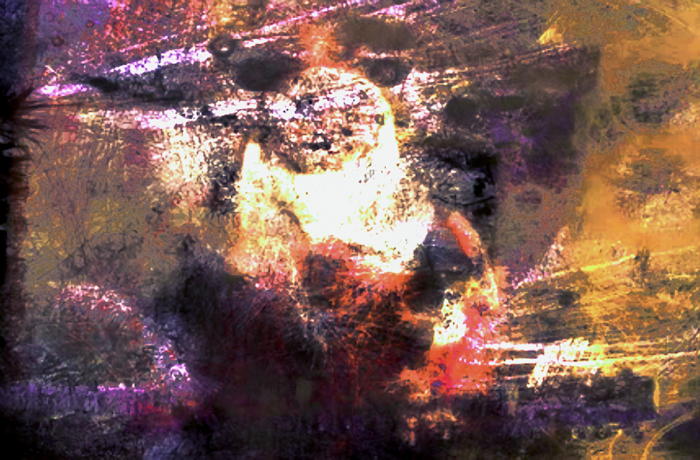
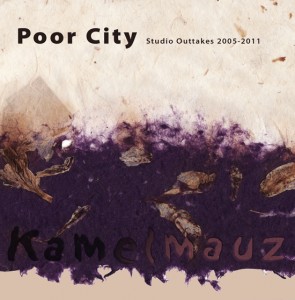
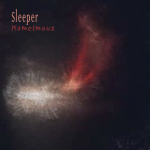
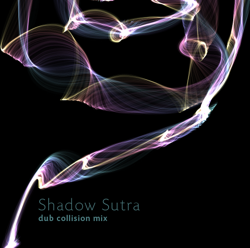

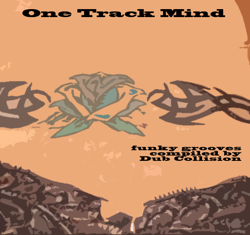


















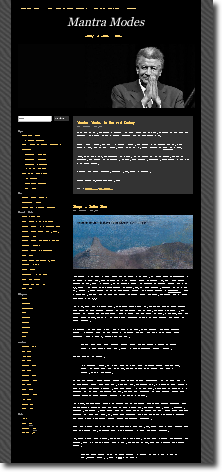
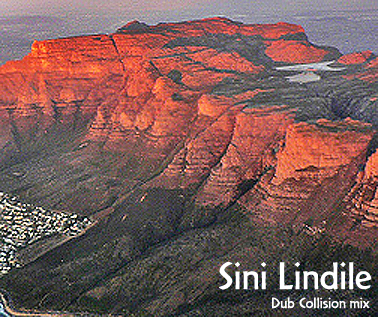

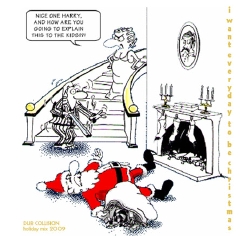
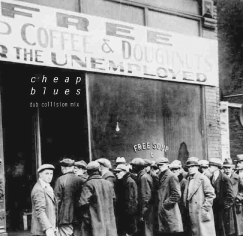
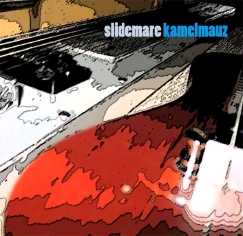
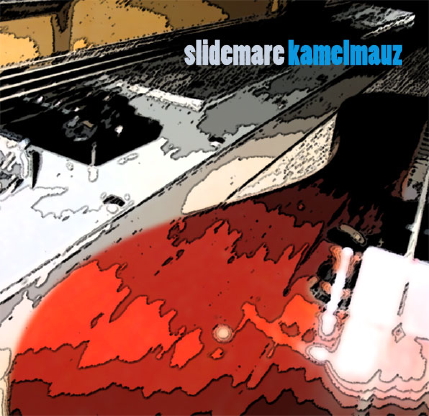

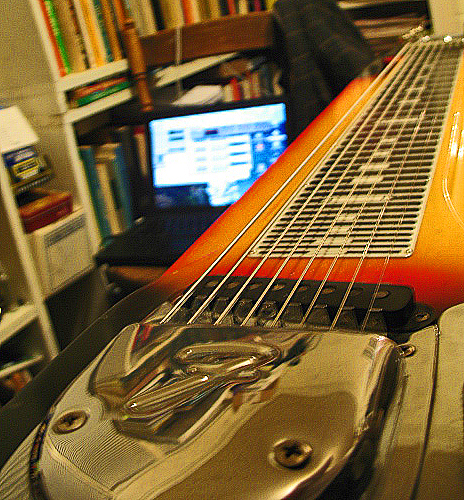
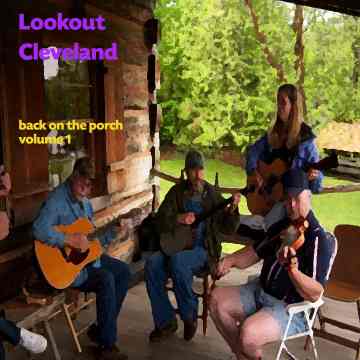 New Dub Collision, (my music-compiling pseudonym,) mix over at nogutsnoglory studios blog. It’s titled
New Dub Collision, (my music-compiling pseudonym,) mix over at nogutsnoglory studios blog. It’s titled  Post-partisan, global,
Post-partisan, global, 